Holden EH panel van Ambulance (1964) Review
 1964 Holden EH panel van Ambulance
1964 Holden EH panel van Ambulance
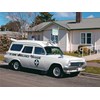
 1964 Holden EH panel van Ambulance
1964 Holden EH panel van Ambulance
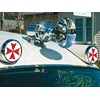
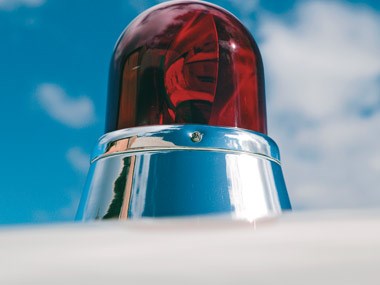 1964 Holden EH panel van Ambulance
1964 Holden EH panel van Ambulance

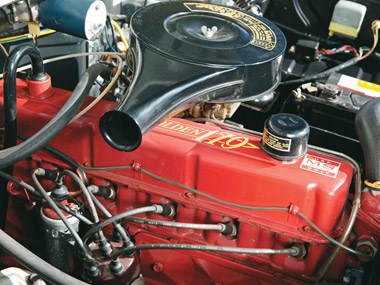 1964 Holden EH panel van Ambulance
1964 Holden EH panel van Ambulance

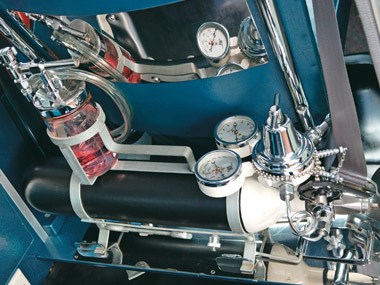 1964 Holden EH panel van Ambulance
1964 Holden EH panel van Ambulance

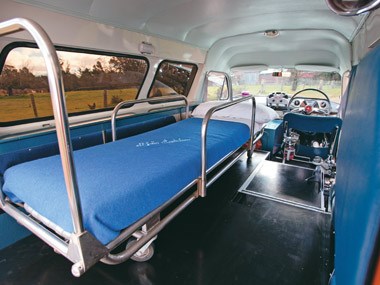 1964 Holden EH panel van Ambulance
1964 Holden EH panel van Ambulance

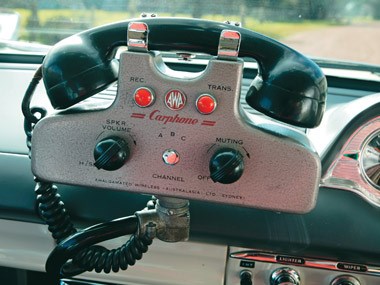 1964 Holden EH panel van Ambulance
1964 Holden EH panel van Ambulance

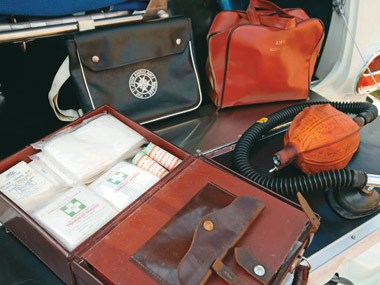 1964 Holden EH panel van Ambulance
1964 Holden EH panel van Ambulance

 1964 Holden EH panel van Ambulance
1964 Holden EH panel van Ambulance
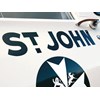
 1964 Holden EH panel van Ambulance
1964 Holden EH panel van Ambulance
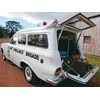
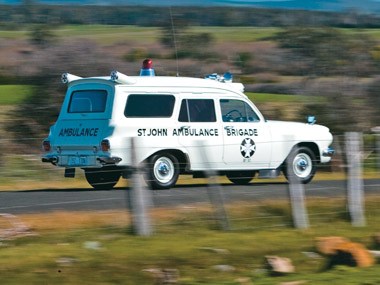 1964 Holden EH panel van Ambulance
1964 Holden EH panel van Ambulance

 1964 Holden EH panel van Ambulance
1964 Holden EH panel van Ambulance
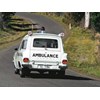

|
|
1964 Holden EH panel van Ambulance
|

|
|
1964 Holden EH panel van Ambulance
|

|
|
1964 Holden EH panel van Ambulance
|

|
|
1964 Holden EH panel van Ambulance
|

|
|
1964 Holden EH panel van Ambulance
|

|
|
1964 Holden EH panel van Ambulance
|

|
|
1964 Holden EH panel van Ambulance
|

|
|
1964 Holden EH panel van Ambulance
|

|
|
1964 Holden EH panel van Ambulance
|

|
|
1964 Holden EH panel van Ambulance
|

|
|
1964 Holden EH panel van Ambulance
|

|
|
1964 Holden EH panel van Ambulance
|
Holdens have been used for a variety of purposes during the past few decades, but not many have carted the sick and injured to hospital.

|
|
1964 Holden EH panel van Ambulance
|
1964 Holden EH panel van Ambulance
While the first was the ground-breaking 48-215, and the most enduring has been the Commodore, the model fondly recognised by Holden fans as the fastest-selling is the unassuming EH.
In just 18 months from its August, 1963 launch, 256,959 EH Holdens - sedans, station wagons, utilties and panel vans - were rushed off to anxious buyers, a record for any Australian car let alone a Lion-badged one and a feat unlikely ever to be broken.
Back in '63, the EH, with its crisp, attractive lines, more powerful 'red' motor, and affordable pricetag, was a revelation to Aussie mums and dads, offering unbeatable value for money for a family car built for local conditions.
Today, the EH remains a popular choice amongst car enthusiasts, as well as the odd commuter: still relatively cheap to run and comfortably fitting a family and their belongings for a Sunday drive or car club activity.
Problem is, for the truly besotted, how do you set your ride apart from the dozens of other EHs at the local car show? You could customise one, or seek out a 'Bathurst' S4 version, if you had the money, or maybe track down a rare left-hand drive export model, or ex-military or regular production option commercial EH.
Or, in the case of EH fanatic Dale Fitch, hunt down and restore an old ambulance.
HOT TIP
Growing up with EH Holdens in the family, Dale's first car was naturally an EH wagon, which he restored, and he's since owned "about half a dozen" including utes and sedans.
But back in 1990, he struck gold when after a tip-off from friends, he located a very rundown EH Ambulance and knew he just had to have it.
"It was pretty rough when I found it," recalls Dale. "The first owner who had it after the ambulance service used it for everything from a wood carrier to taking rubbish to the tip… it ended up abandoned in a paddock."
According to Dale, his was one of nine EH panel vans converted by Hobart-based motor body builder, City Bodyworks, which had the contract to build the ambulances.
"They removed the B-pillar from the original panel van body and basically cut out the side to suit a station wagon rear door," he explains. "Then all the door jamb bits and pieces were welded into place. The only other thing they did to the body was cut out the floor for an attendant's seat adjacent to the back door and fitted tinted side windows.
"(My ambulance) was originally bought by the Aberfoyle Tin Mine and it was used to service the mining communities of Rossarden and Storys Creek, up in the Tasmanian central highlands. It was used there up until 1970 when it was sold off.
"It was used for the community and any emergencies they had at the mines, and I believe they did have some pretty bad accidents there. When I was working on the vehicle I found traces of blood in behind the stainless trim, so there were some pretty badly injured people transported in it. They used to transport patients to the Launceston General Hospital.
"One old driver I met told me he could do the Rossarden to Launceston run in just on an hour during an emergency," he says. "This would have been a hair-raising ride considering half the 105km trip was over unsealed or winding narrow roads."
At the time St John's was the ambulance service provider in Tasmania, and decorated the EH with its distinctive Maltese Cross insignia on four roof-mounted lights as well as on the doors.
"Originally the ambulance service in Tasmania was run by individual fire departments or councils, and later on St John Ambulance took over," he explains. "They ran the ambulance service in Tasmania up until 1966. After then the mainstream ambulance service was taken over by the State Government, which then became the Tasmania Ambulance Service."
READY FOR ANYTHING
A problem for Dale, though, was the dilapidated state of the car when he bought it: the engine and transmission were missing, as were most of the ambulance's bits and pieces that made the vehicle unique.
"At first I didn't have any of the ambulance fittings and I was quite content just doing it up as a panel van body, leaving any original fittings that remained on the vehicle. But after a lot of searching I managed to track down all the ambulance equipment that went with it, and it became quite feasible to restore it as an ambulance."
Dale had accumulated plenty of EH spare parts over the years, which came in handy during the restoration. Just about everything on the car was either restored or replaced, using second-hand parts, or 'new old stock'. "I don't know how many EHs it's made from," he laughs.
Aiming for a period-correct look, he re-painted the body in original Fowlers Ivory acrylic, after taking it back to bare metal and removing any rust. A rebuilt Holden six-cylinder 'red' motor and three-speed manual were fitted, and it now rides on standard 13x4.4-inch steel wheels with Michelin X radial tyres.
Restoring the converted panel van was child's play, though, compared to returning the vehicle to a working ambulance. What ambulance paraphernalia he couldn't source had to be specially fabricated, piecing together the puzzle from what remained of original fittings, old photos as well as copying parts from another EH ambulance that resided in Tasmania.
He also had help from the Tasmanian Ambulance Service and retired ambulance officers, some of whom donated items like first aid kits they'd collected at the time.
Peering through the opened rear tailgates reveals an original, nickel-plated stretcher which Dale sourced from an "old hospital". Mounted securely in wheel tracks on the floor and neatly made up with white sheets and a Royal blue St John blanket, it looks ready for any emergency.
The fold-up stretcher mounted on the other side was reproduced by a local furniture manufacturer, based on an original one, but the attendant seat that folds into the floor was fitted originally. The blue-painted side locker, and storage locker located between the front seats, was rebuilt from timber. The entire rear floor has been recovered in the same easy-wash black neoprene rubber.
But the real delights inside are the medical equipment and first-aid supplies, which have nostalgic appeal of their own. A standout is the stylish oxygen resuscitation unit, mounted behind the driver's seat; its shiny chrome and glass beaker with pink alcohol solution, make it look like it's come straight out of a WWII medical drama. And, like everything else in the vehicle, it works.
"That came out of a medical centre; it was stored away in a cupboard, not being used anymore. I was very lucky to get that really."
CALLING ALL CARS
Another great find was the AWA two-way radio Carphone, also used in police cars, and mounted centrally on the dash. The optional, telephone-style handpiece, in lieu of the normal microphone, must have been a delight to use.
"That was found in the loft of an ambulance station, which is where I also found the (roof-mounted) siren and red light. The (chrome plated) siren and red light have been restored, but the radio is all original. It was quite a good find, and the guy I met was very helpful; having been associated with the St John Ambulance in the '60s, he had quite an interesting photo collection as well."
Then there's the quaint Ambu Resuscitator, stored in a brown vinyl bag, and suction jar found in the front locker. "The suction jar and handpiece were used by the attendant, if the patient's mouth or airways needed cleaning. The jar itself was attached via a copper line that ran to the motor and used manifold vacuum to operate it."
To provide enough room for the stretcher and other equipment in the rear, the ambulance was originally fitted with special slimline front seats. They're quite upright and, with little padding under the blue vinyl, Dale says they're hard on the back, especially on longer trips. "It's a bit like sitting on an old kitchen chair for a long time," he admits.
The finishing touches were the reproduction St John Ambulance decals pasted along the body, including the "#30" which specified the ambulance's ID number at the time.
The only part still missing is an original vehicle log book.
The three and a half year restoration was completed in 1997, just in time to attend a combined EH car club all-state run to Canberra. The classic ambo has since led a fairly quite life, mostly garaged or on display nearby at the National Automobile Museum of Tasmania in Launceston.
Dale reckons most who view his highly distinctive EH come away impressed, especially the older admirers some of whom recall a relative or neighbour being delivered to hospital in a similar vehicle.
"A lot of people who see the car think it was something that was acquired straight out of the ambulance service. They don't realise the thing was fully restored from a wreck."
The old ambo drives as well as any other EH he's owned, according to Dale, apart from the odd rattle from loosely-fitted ambulance equipment or whistling noise from gear on the roof.
While he admits that "ambulances back in the old days were very crude and basic compared to what they've got these days", there's a real beauty and period charm about his painstakingly restored, St John-decorated example.
One thing's for sure: of those quarter million or so Holdens built during that brief, frenetic car-buying period around the mid-'60s, Dale has done the impossible and secured a vehicle that really stands out from the rest.
Mission accomplished!
SPECIFICATIONS
1964 Holden EH panel van Ambulance
BODY: three-door converted panel van
ENGINE: 2.9-litre in-line six-cylinder
POWER/TORQUE: 86kW @ 4000rpm/237Nm @ 1600rpm
TRANSMISSION: three-speed manual
PERFORMANCE: 0-97km/h: 15.0sec (approx.) Top speed: whatever was necessary!
SUSPENSION: Front: independent with coil springs, wishbones, telescopic shock absorbers and anti-roll bar. Rear: live axle with semi-elliptic springs and telescopic shock absorbers
BRAKES: four wheel drums
WHEELS & TYRES: 13 x 4.5 steel, Michelin X radial
Unique Cars magazine Value Guides
Sell your car for free right here
Get your monthly fix of news, reviews and stories on the greatest cars and minds in the automotive world.
Subscribe

.jpg)


.jpg)







.jpg)

